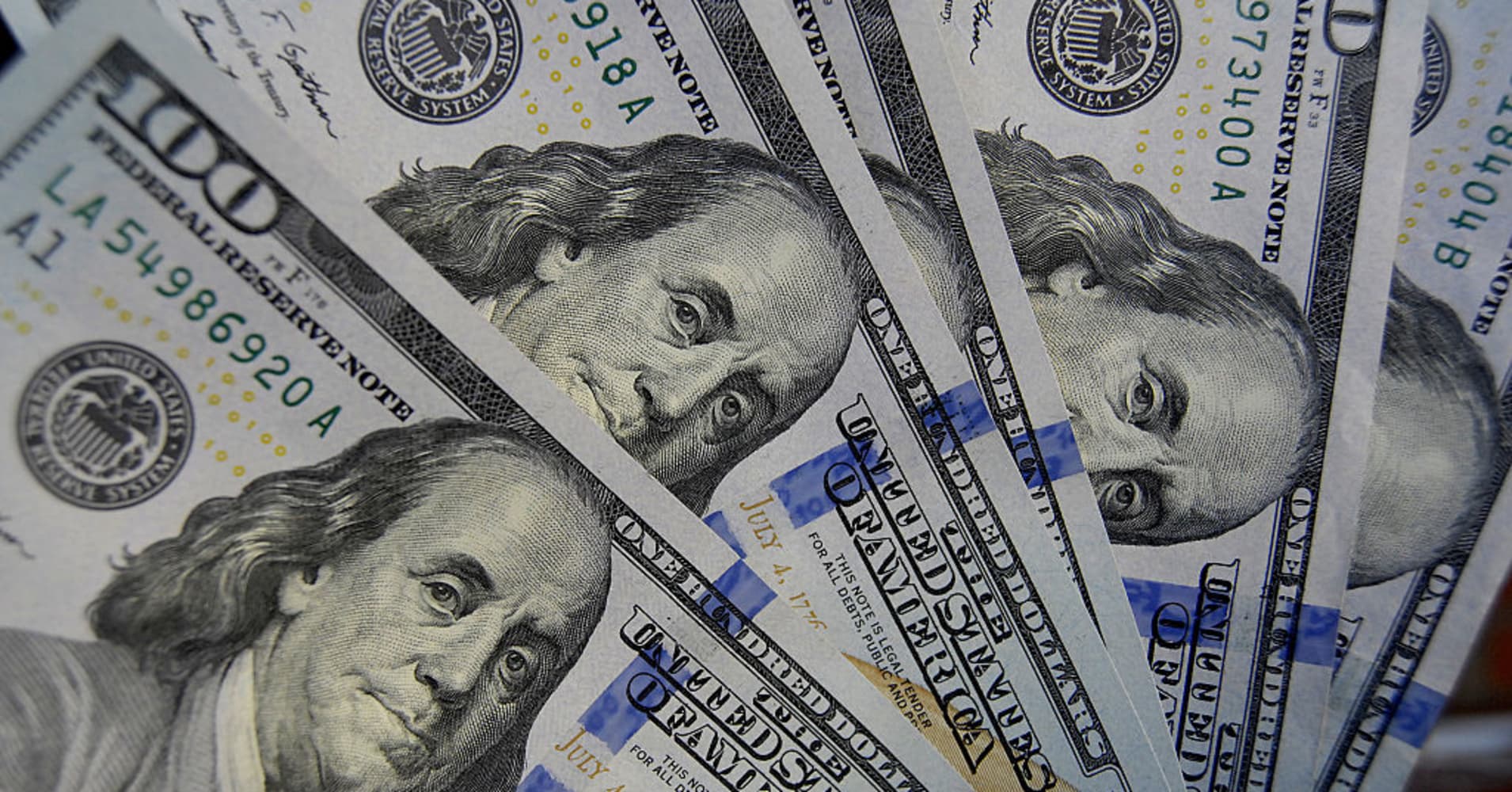
Yellen, though, warned Monday that companies are taking on too much debt and could be in trouble should some unexpected trouble hit the economy or markets.
“Corporate indebtedness is now quite high and I think it’s a danger that if there’s something else that causes a downturn, that high levels of corporate leverage could prolong the downturn and lead to lots of bankruptcies in the non-financial corporate sector,” the former central bank leader said during an event at CUNY in New York.
Yellen also warned that the debt is being held in instruments similar to ones used to bundle subprime mortgages that led to the financial crisis a decade ago.
Indeed, corporate debt has been swelling.
The investment-grade part of the bond market stood at $3.8 trillion at the end of October, a 6 percent rise from the same period a year ago, according to Fitch Ratings. BBB-rated bonds accounted for 58 percent of that total, up from 55 percent in 2017.
At the same time, though, bond defaults actually are expected to decline.
Moody’s Investors Service forecasts that default levels on corporate debt will decline in 2019 to 2.3 percent from 3.2 percent this year.
“Our positive outlook for North American non-financial companies reflects meaningful, albeit decelerating, GDP growth in US and G-20 countries in 2019, and robust growth in emerging markets,” said Bill Wolfe, Moody’s senior vice president. “Good liquidity and low refinancing risk support a declining default rate, and exposure to gradually rising interest rates will generally be manageable.”
In addition to Yellen’s warnings, current Fed officials also recently noted that leveraged loans, which are issued to already indebted companies, pose a significant risk.
But that part of the market has been performing extraordinarily well this year.
The Markit iBoxx USD Leveraged Loans index has returned 1.98 percent year to date, while the Liquid Leveraged Loan Index is up 1.2 percent.
Average bid prices from banks issuing the loans also has risen, up 3.37 percent for the U.S. and 15.4 percent in Asia.
By way of comparison, the S&P 500 is down more than 1 percent and the Bloomberg Barclays US Aggregate Bond index has seen a total return loss of 1.8 percent.
Be the first to comment